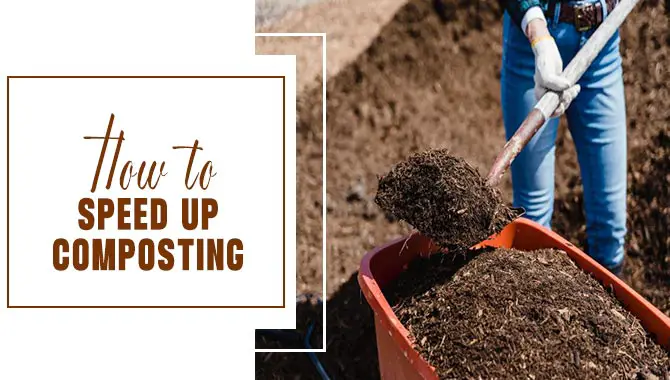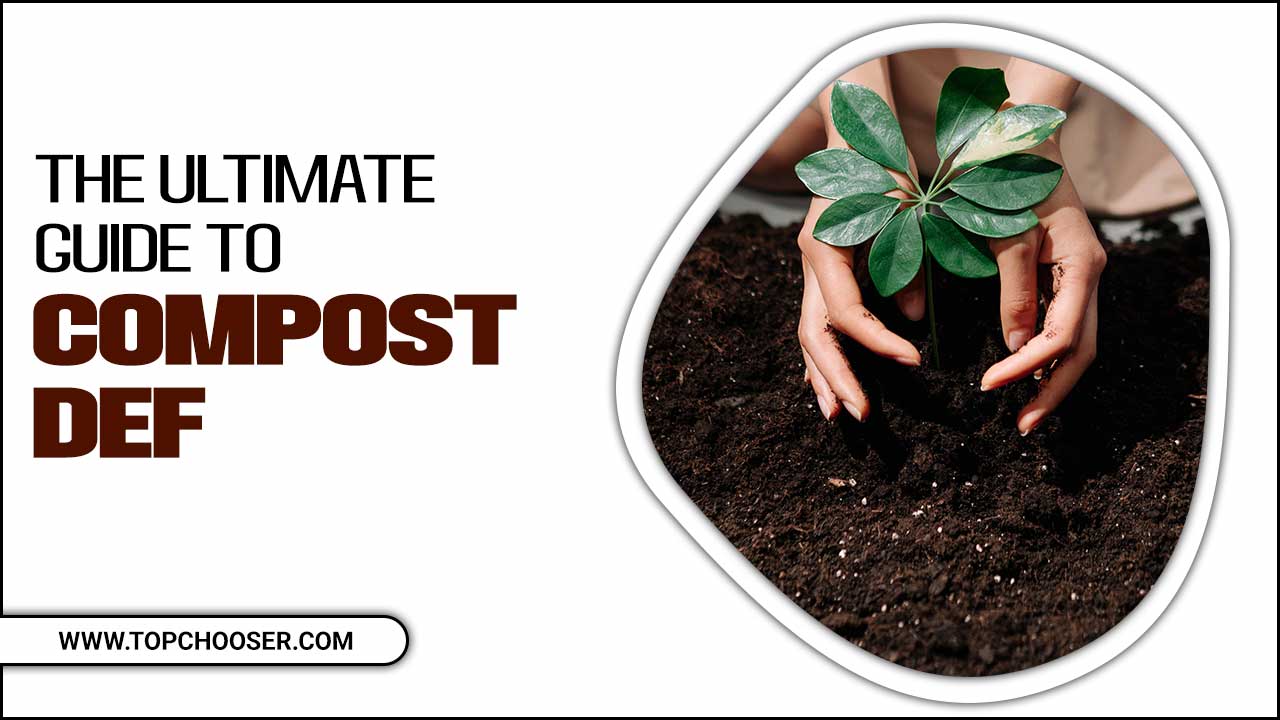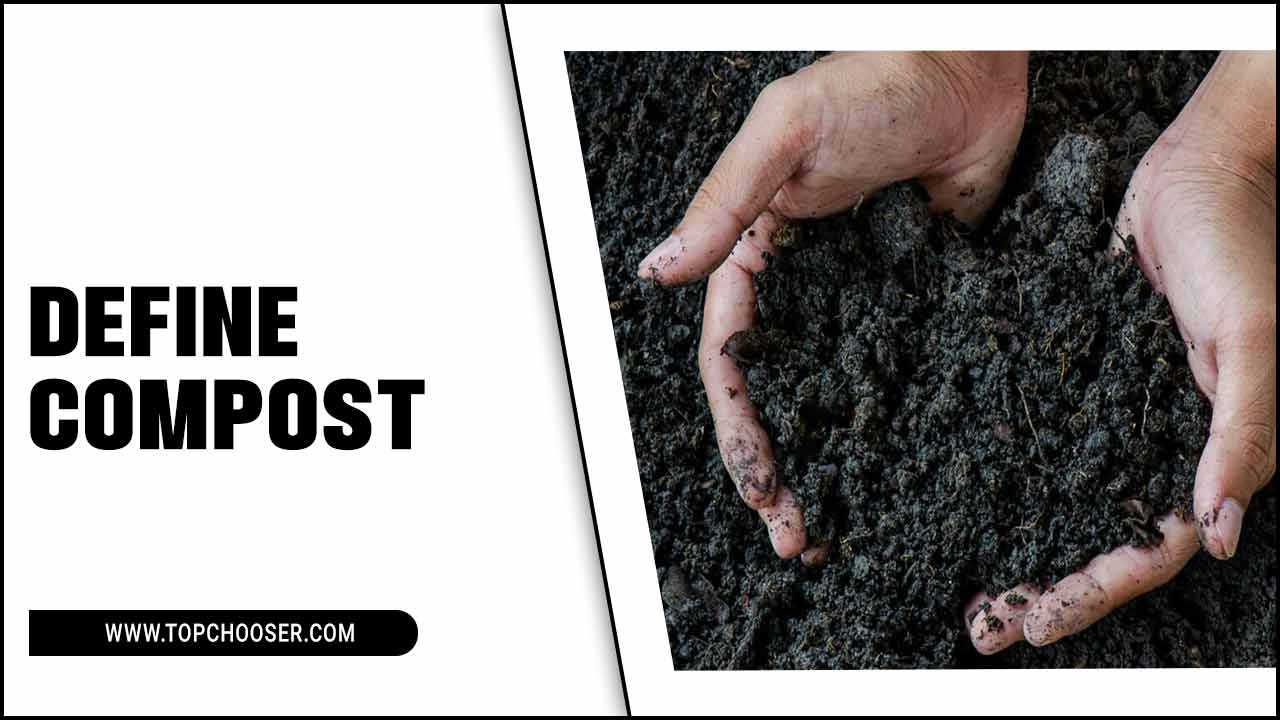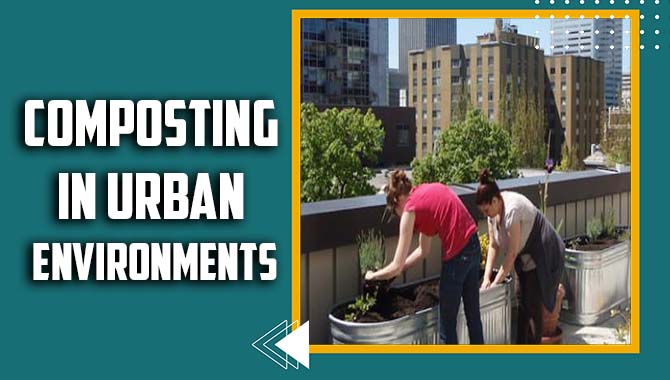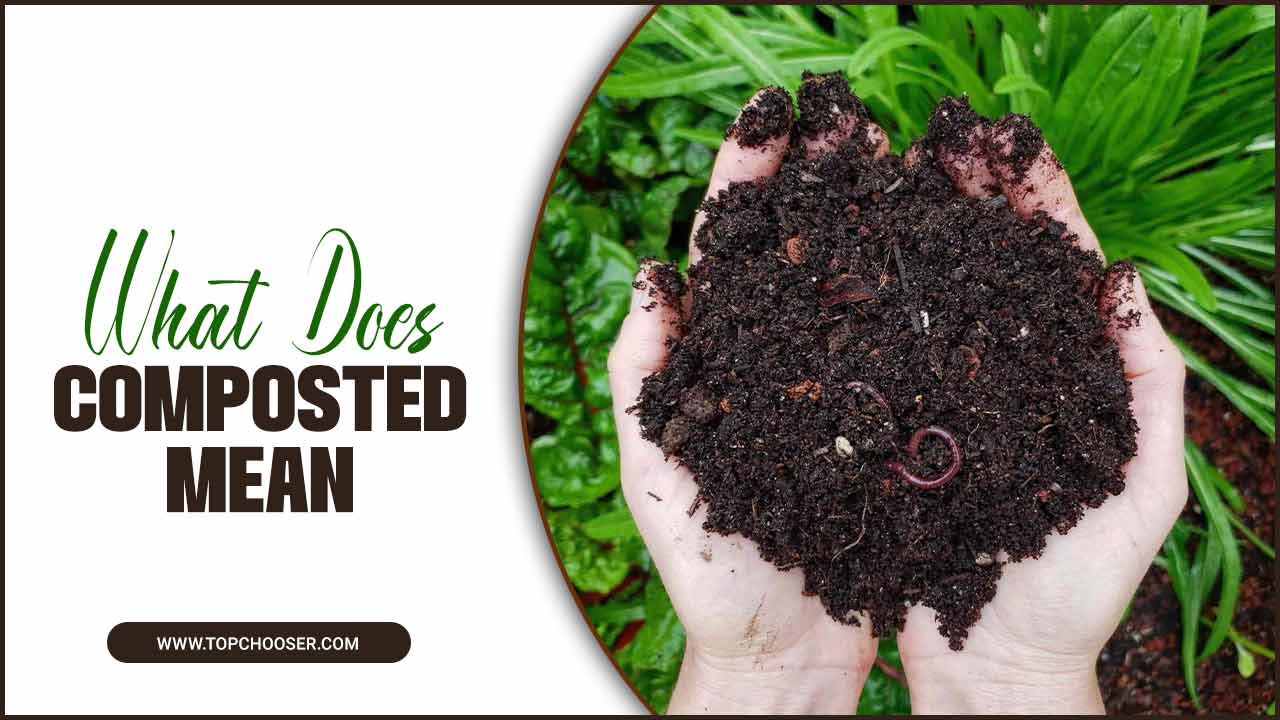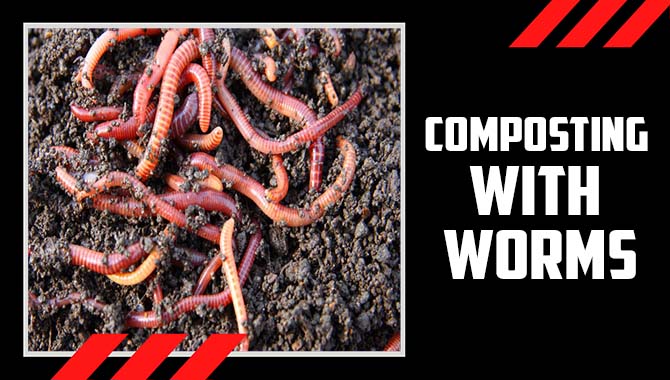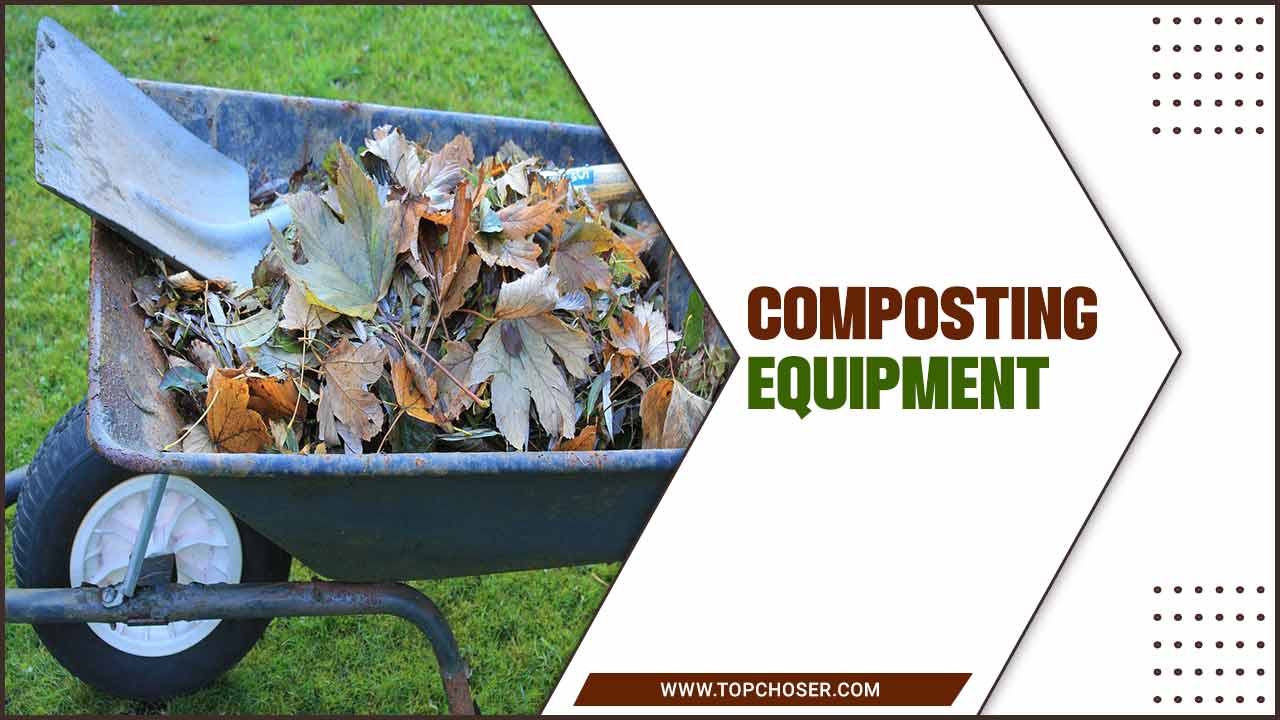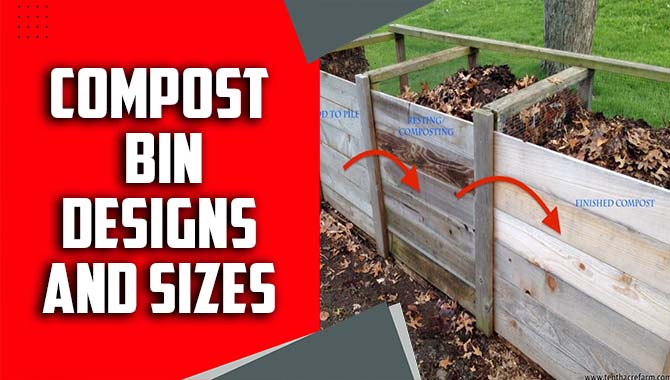Vessel composting is a method of composting that involves using an enclosed container, or vessel, to break down organic materials into nutrient-rich soil.
This method is becoming increasingly popular to reduce waste, create a valuable resource for gardening and farming, and promote sustainability. You can compost on a small scale. Such as in a backyard compost bin or on a larger scale, such as in an industrial composting facility.
Composting has the benefit that it can do year-round, regardless of weather conditions. It is a convenient option for those who want to compost but live in areas with harsh winters or limited outdoor space.
Furthermore, because a vessel contains the process, it poses less risk of pests or odours, making it a more feasible alternative for urban/suburban areas. Composting is a simple and effective way to turn food scraps, yard waste, and other organic materials into valuable environmental resources.
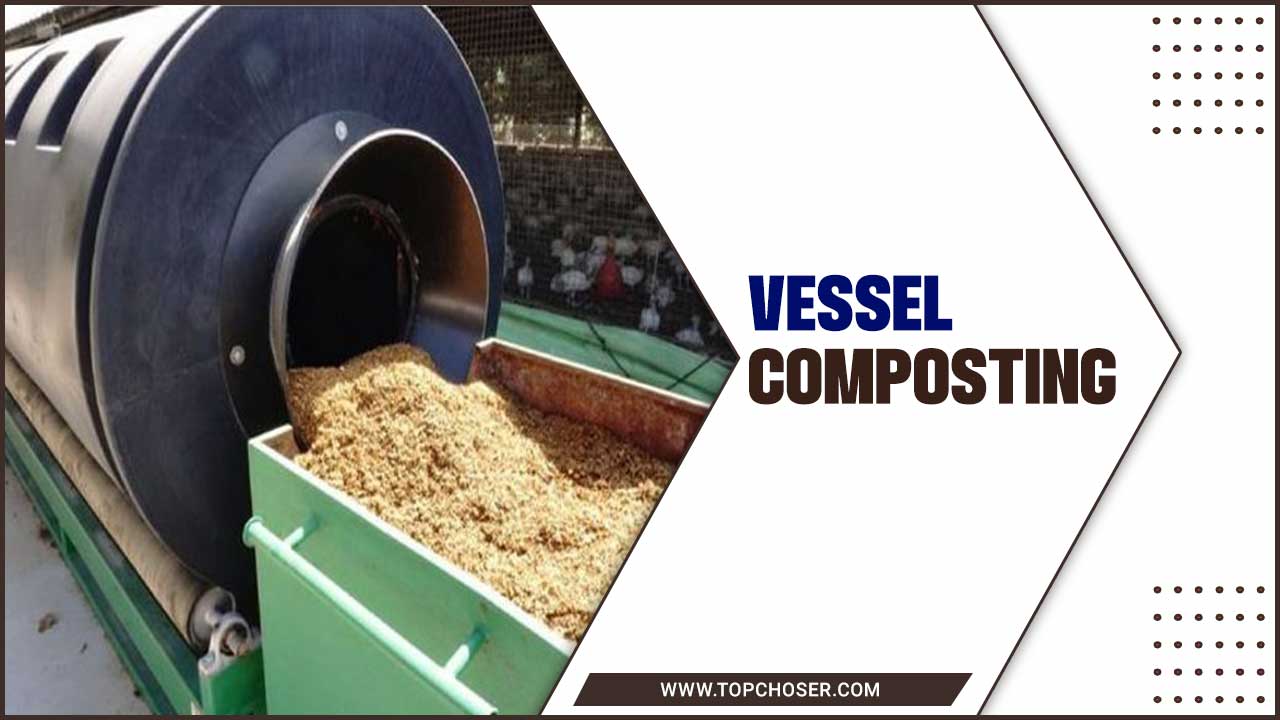
Best Materials For This Composting
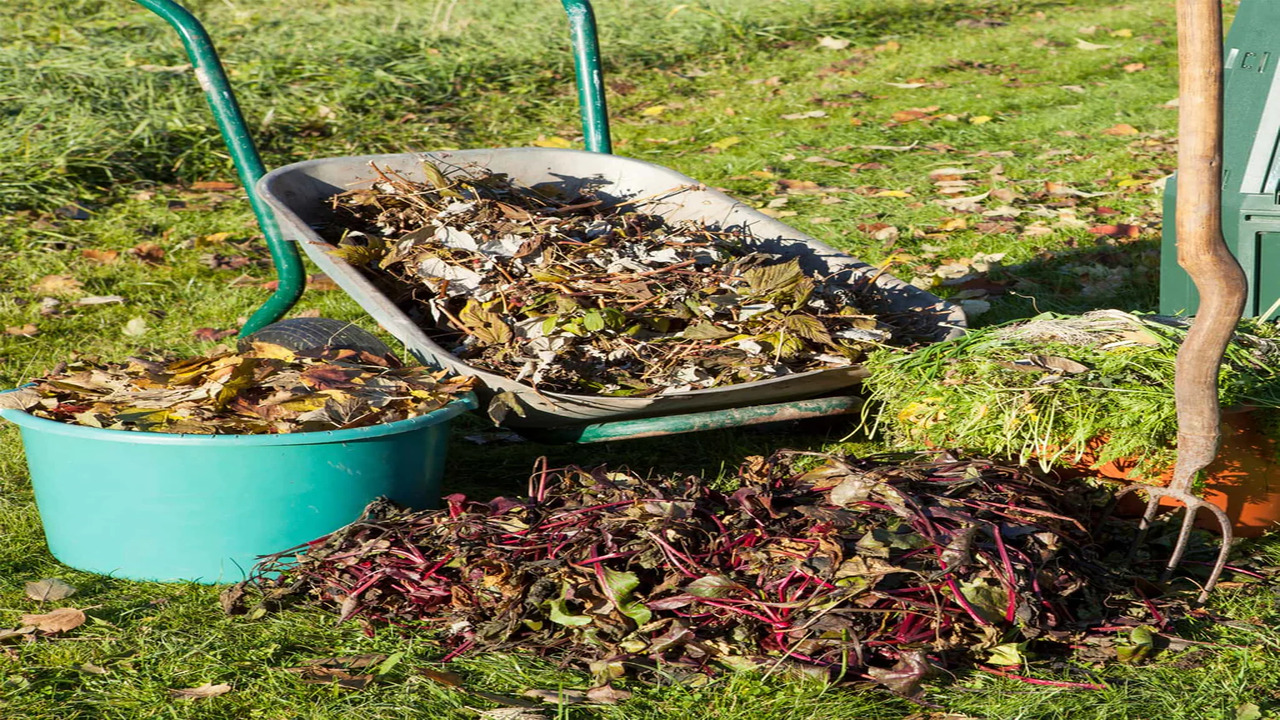
Maintaining a balance between carbon-rich (browns) and nitrogen-rich (greens) materials in your compost is important to ensure successful decomposition. Here is a list of the best materials for composting:
- Dry Leaves: Fallen leaves are excellent carbon sources and help create airflow in the compost pile.
- Kitchen Scraps: Fruit and vegetable peels, coffee grounds, tea bags, and eggshells provide nitrogen and moisture to the compost.
- Grass Clippings: When you mix freshly cut grass with carbon-rich materials. It avoids clumping, adds moisture, and is high in nitrogen.
- Shredded Paper: Office paper, newspaper, and cardboard provide carbon and help create air pockets in the compost.
- Straw or Hay: These carbon-rich materials are great for adding bulk and improving aeration in the compost.
- Plant Trimmings: Add prunings, small branches, and flowers to the compost. But you should avoid woody materials that take longer to decompose.
- Coffee Grounds: Rich in nitrogen, coffee grounds are a valuable addition to the compost and help increase microbial activity.
- Vegetable Waste: You can compost non-oily vegetable scraps like carrot tops, potato peels, or lettuce leaves.
Types Of Vessels Used For Composting
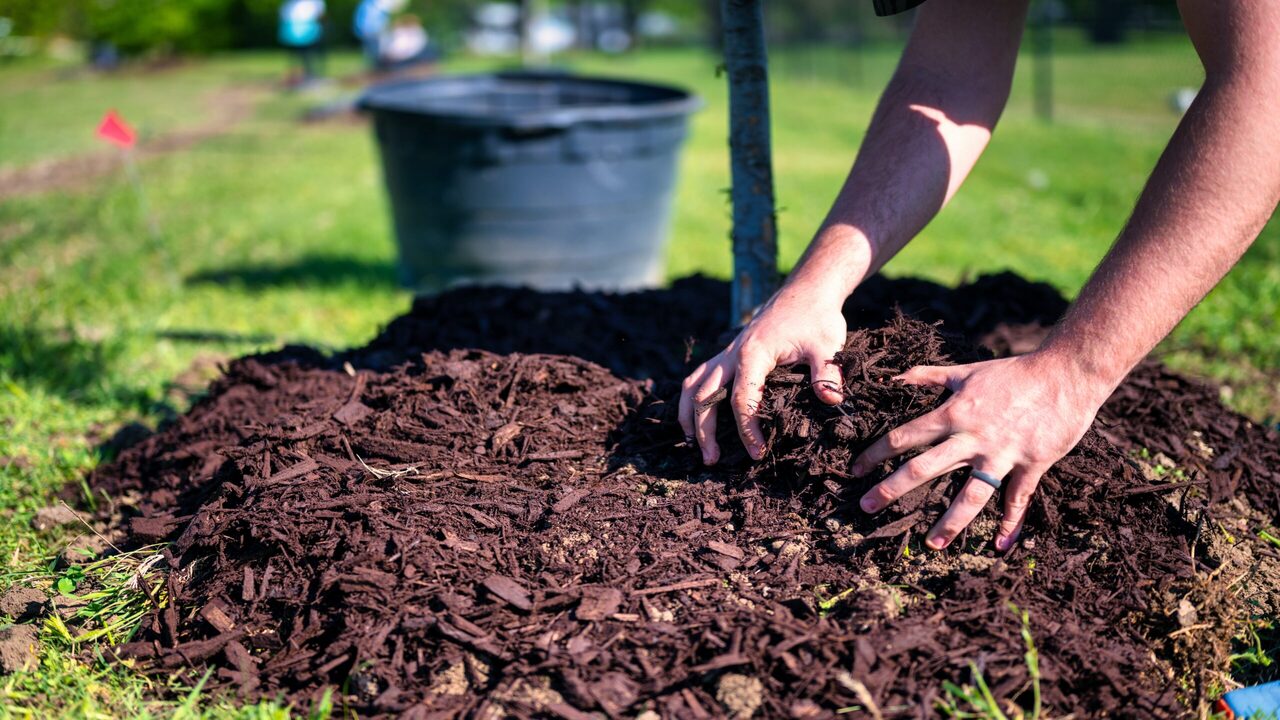
Choosing a vessel that suits your composting needs is important, considering factors such as space availability, waste volume, ease of use, and desired composting speed. Several types of vessels are used for composting. There are a few commonly used ones.
- Compost Bins: These are sturdy, open-bottomed containers made of materials like plastic, wood, or metal. They come in various sizes and shapes, allowing for easy turning and aeration of the compost.
- Tumblers: You mount compost tumblers on a frame that allows easy rotation and seal them.
They facilitate faster decomposition by providing frequent turning and aeration.
- Compost Tumblers with Cranks: These tumblers have built-in cranks or handles that make turning the compost even more convenient. The designers have designed them to minimize manual effort and provide efficient aeration.
- Worm Bins: Worm composting, also known as vermicomposting, involves specialised containers with bedding layers and red worms. These bins provide an ideal environment for worms to break down organic waste into nutrient-rich castings.
Vessel Composting: A Beginner’s Guide To Composting With Ease
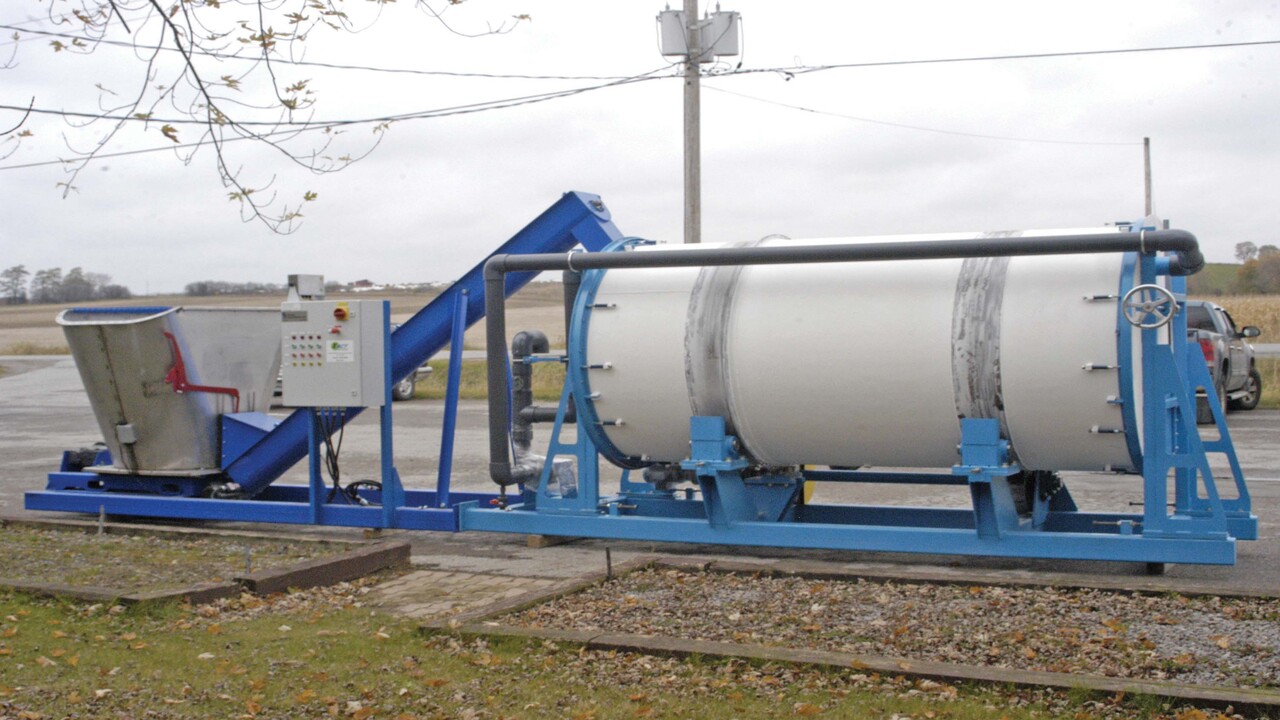
Composting is a method of composting that uses a closed container or a vessel to create compost in a controlled environment. You can do vessel composting indoors or outdoors. And it can handle a large amount of organic waste in a short time.
Composting offers many benefits, such as reducing odour, pests, and greenhouse gas emissions and producing high-quality compost that can be utilized for gardening, landscaping, or agriculture.
Choosing The Right Vessel For Your Composting Needs
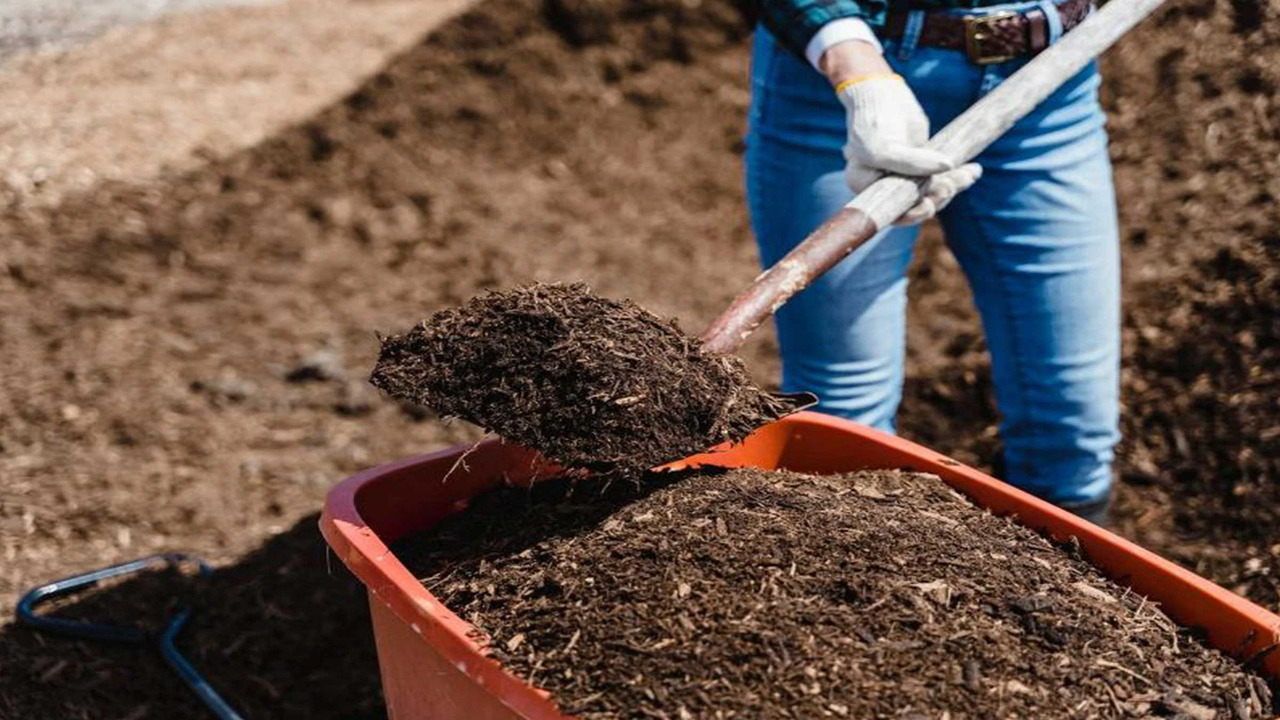
You can use different compost vessels, such as drums, bins, tumblers, digesters, and reactors. Each type has its features and advantages, depending on your goals, space, budget, and preferences. For example, drums are easy to use and turn but have limited capacity and ventilation. Bins are cheap and simple, but they require manual turning and mixing.
Tumblers are convenient and efficient, but they are expensive and heavy. Digesters are compact and odourless but need an additive and drainage system. Reactors are fast and automated, but they are complex and costly. You should research the different types of vessels and choose the one that suits your needs and expectations.
Setting Up A Composting System
You must prepare the following items: a vessel of your choice. A base or a stand for the vessel, and a lid or cover. A thermometer or a moisture meter for monitoring the composting process. A shovel or a fork for turning or mixing the compost and some water for moistening the compost.
You also need to find a suitable location for your composting system, preferably in a sunny or partly shaded spot that is level, well-drained, and accessible to water and tools.
Composting Process Inside The Vessel
The composting process inside the vessel is similar to microorganisms’ natural decomposition of organic matter. The process involves four stages: mesophilic, thermophilic, cooling, and maturing. In the mesophilic stage, the temperature of the compost rises to about 40°C as bacteria break down the easily digestible materials.
However, In the thermophilic stage, the temperature of the compost reaches up to 70°C as fungi and actinomycetes decompose the more resistant materials. In the cooling stage, the temperature of the compost drops to about 30°C as worms and insects further process the organic matter. As the humus is formed, the temperature of the compost stabilizes to about 20°C in the maturing stage.
Monitoring The Composting Process
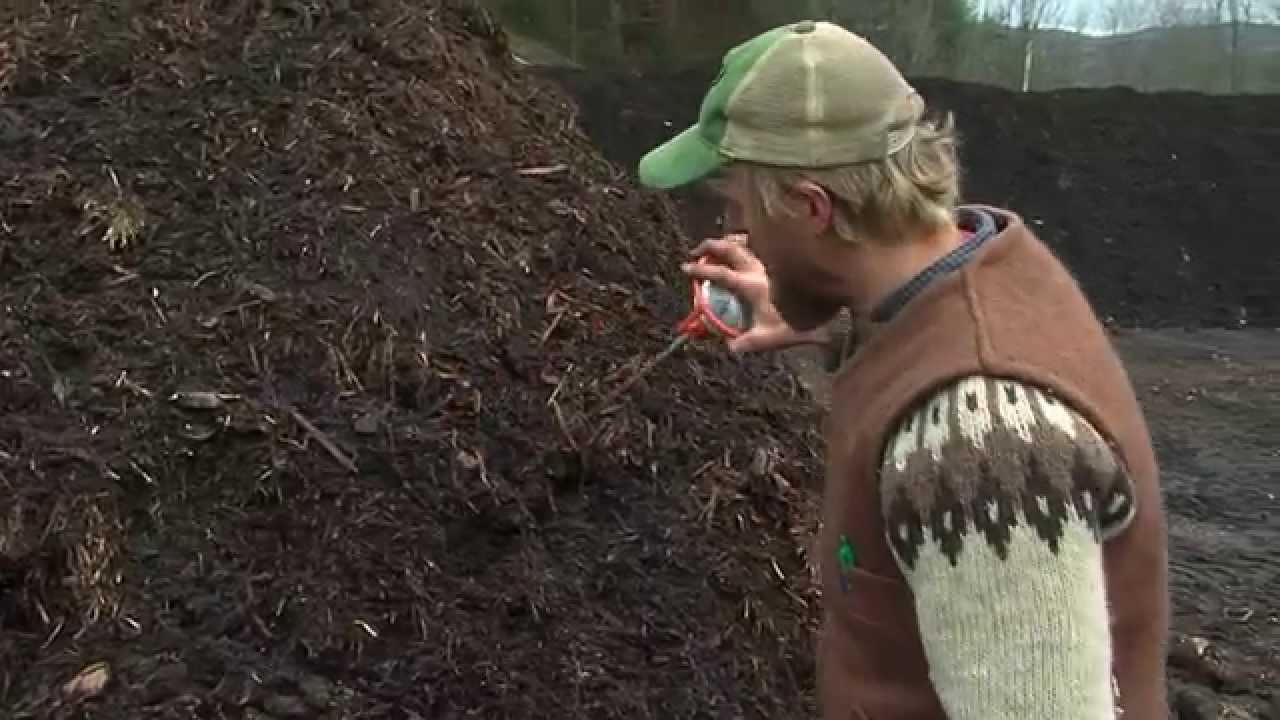
To ensure that your composting system is working properly, you must monitor the following parameters: temperature, moisture, oxygen, pH, and odour. You can use a thermometer or a moisture meter to measure your compost’s temperature and moisture levels.
You can also use your senses to check your compost’s oxygen level, pH level, and odour. Ideally, your compost should be warm but not hot (between 40°C and 60°C), moist but not wet (between 40% and 60%), aerated but not dry (with enough air spaces), neutral or slightly acidic (between 6.0 and 7.5), and earthy but not foul (with no ammonia or rotten smell).
Troubleshooting Common Problems In Composting
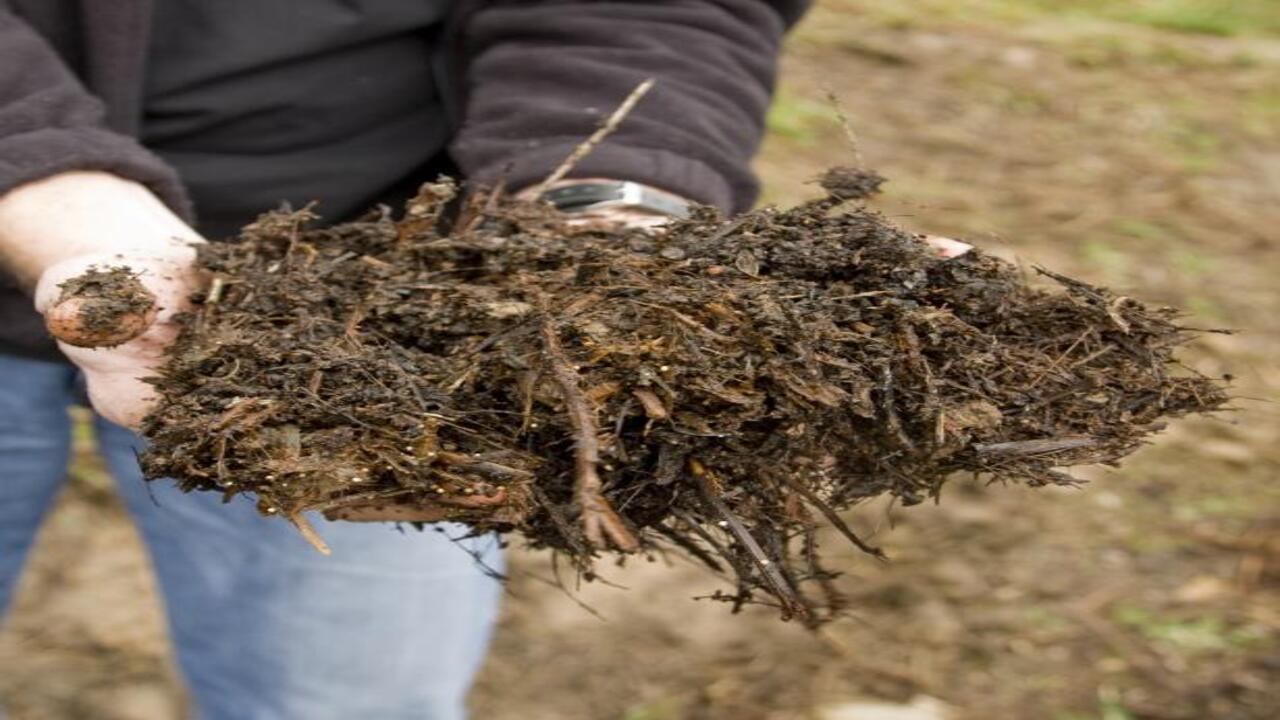
Sometimes, you may encounter problems in your composting system that can affect its performance and quality. Compost can have common problems, such as being too wet or dry, too hot or cold, bad odour or pests, slow decomposing, or incomplete composting.
To solve these problems, you need to adjust some factors in your composting system, such as adding more browns or greens to balance the carbon-to-nitrogen ratio (C/N ratio), turning or mixing the compost more frequently to improve aeration and ventilation (O2 level), adding water or draining excess water to maintain optimal moisture level (H2O level), adding lime or vinegar to correct pH level (pH level), adding inoculant or activator to speed up decomposition (microbial activity).
Harvesting And Using Compost From The Vessel
You can harvest your compost from the vessel when it is ready. The readiness of your compost depends on several factors, such as the type of vessel you use, the type of materials you compost, the conditions of your composting process, and your intended use.
Generally, your compost is ready when it looks dark brown or black, smells earthy, feels crumbly, and has no recognizable materials. You can use a sieve or a screen to separate unfinished materials from your finished compost. You can use your finished compost for various purposes, such as enriching the soil, improving drainage, retaining moisture, suppressing weeds, enhancing plant growth, and preventing diseases.
Maintenance Of The Composting System
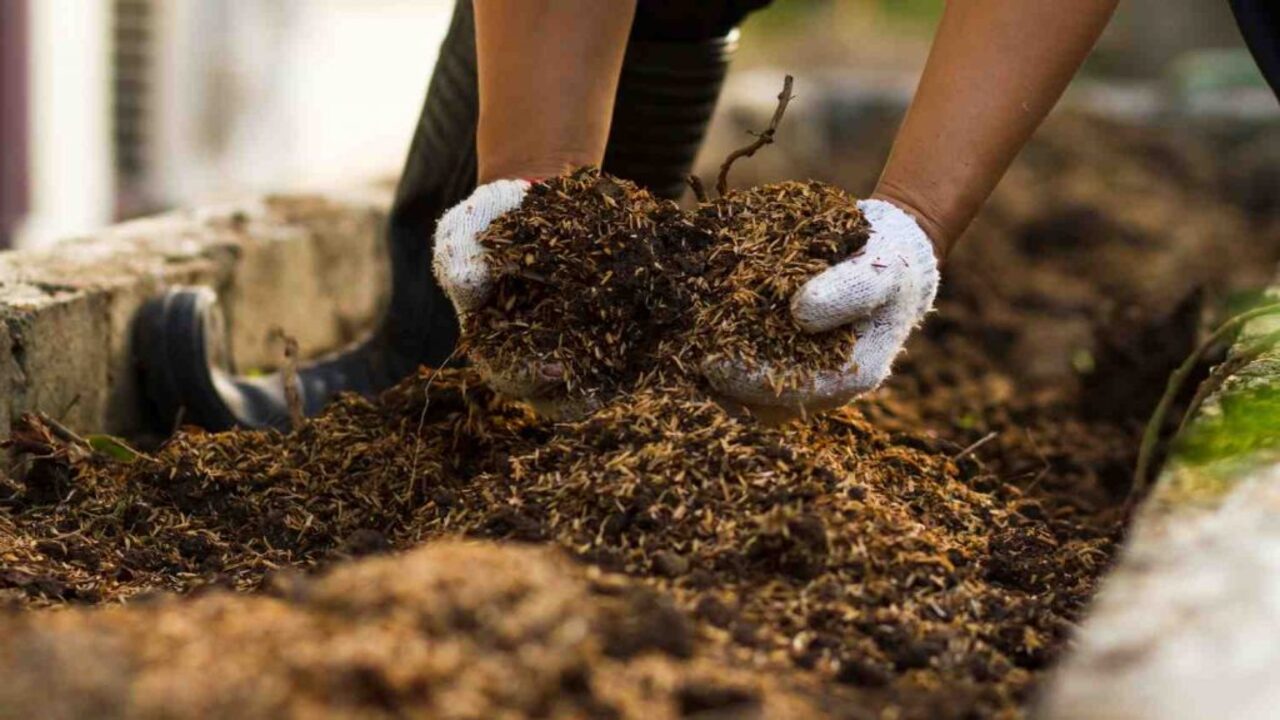
To maintain your composting system, you need to do the following tasks regularly: adding new materials to your vessel, turning or mixing your compost, watering or draining your compost, monitoring your composting process, harvesting and using your compost, and cleaning and sanitizing your vessel.
You should inspect your vessel for any damage or wear and tear and repair or replace it if necessary. You should also store your vessel in a safe and dry place when not in use.
Benefits Of Composting
Composting has many benefits for you and the environment. Some benefits are: reducing waste and saving landfill space, saving money and resources, improving soil quality and fertility, enhancing plant health and productivity, supporting biodiversity and ecology, mitigating climate change and pollution, and promoting sustainability and responsibility. Composting is a rewarding and enjoyable activity that can help you live a greener and healthier lifestyle.
Conclusion
Composting has proven to be an effective method for managing organic waste. The specificity of the vessel design allows for optimal composting conditions, including temperature, aeration, and moisture control. This results in a higher-quality compost free of pathogens and weed seeds. The success of vessel composting can be seen in its widespread adoption by businesses, schools, and communities worldwide.
The importance of composting lies in its ability to divert organic waste from landfills, reducing greenhouse gas emissions and promoting sustainable waste management practices. As the world faces increasing pressures on natural resources and climate change, implementing composting on a larger scale will be essential in achieving a more sustainable future.
FAQ’s
[rank_math_rich_snippet id=”s-253fef3b-6521-460a-9958-7db263fc8cbf”]

I am passionate about home engineering. I specialize in designing, installing, and maintaining heating, ventilation, and air conditioning systems. My goal is to help people stay comfortable in their homes all year long.

